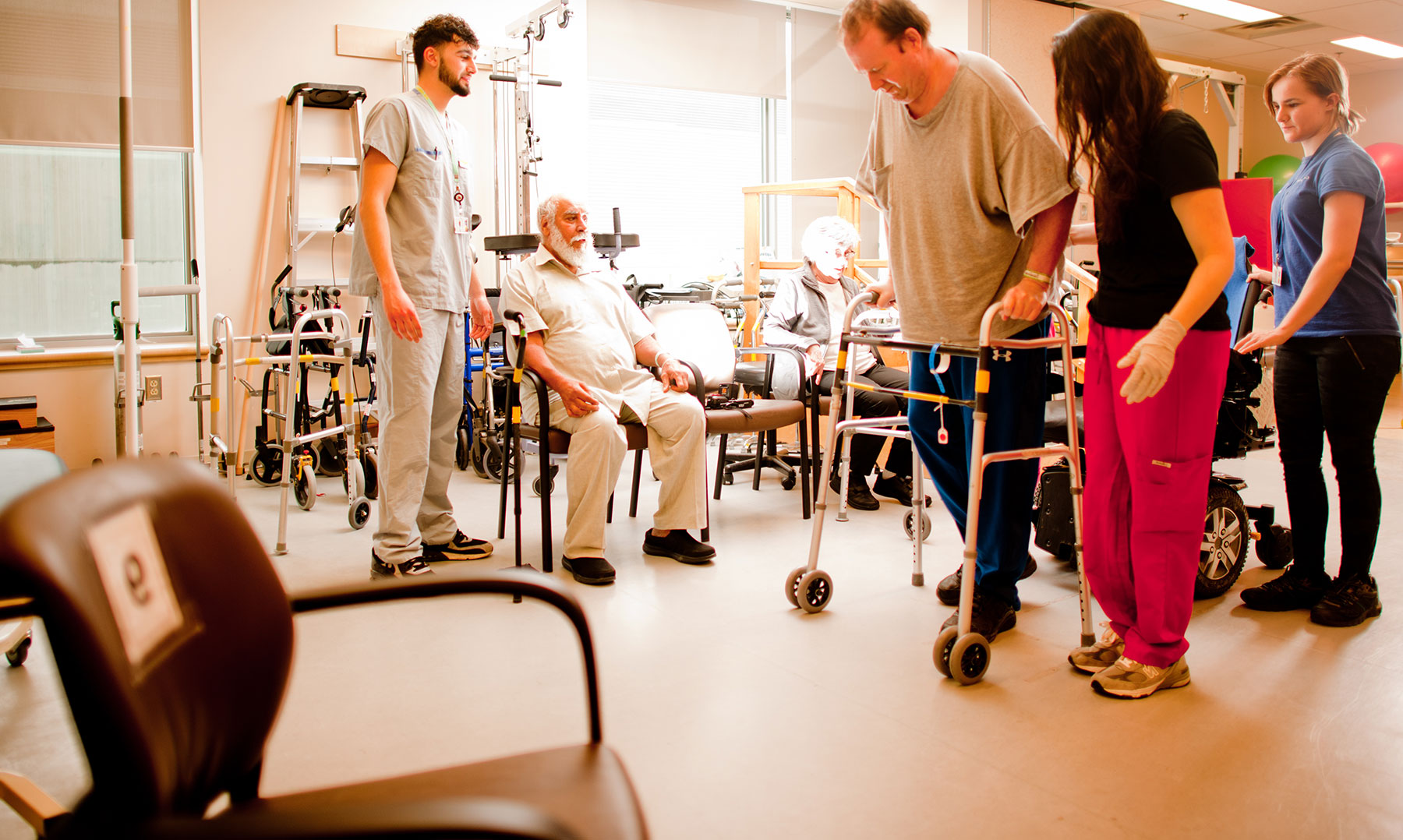The emergency and urgent care wait clocks were designed with patients in mind, to provide up-to-date information on the estimated wait time to see a physician.
Osler’s wait clocks are updated every 30 minutes and represent the approximate wait time most patients will wait from the time they are assessed until they see a physician.
The wait clocks do not predict the entire length of stay, as that depends on the care required and the tests a patient may need. Wait times also vary based on each person’s condition, with those that are seriously ill or injured being seen first.
Where to go for care
In the case of a serious emergency, please call 911 or go to the nearest Emergency Department. If your medical problem isn't urgent, you may want to consider alternatives such as a walk-in clinic or scheduling an appointment with your family doctor. Learn more about your other health care options.
Brampton Civic Hospital
Etobicoke General Hospital
Peel Memorial Centre for Integrated Health and Wellness
Our Urgent Care Centre provides care when your illness or injury isn't an emergency, but just can't wait. Patients with serious and/or life-threatening injuries, illnesses or conditions should always go to the nearest Emergency Department or call 911 immediately. Any patient coming to the Urgent Care Centre requiring admission will be transferred to Brampton Civic Hospital or Etobicoke General Hospital, as appropriate.
Disclaimer
Osler’s wait times are an estimate for general information only and are not meant to discourage care. Osler is not responsible for any liability arising from the use of the wait time information. Patients who choose to leave the hospital before being seen by a health care professional do so at their own risk as there is no way for Osler to know if it is safe for them to leave without being assessed. To learn more about how patients are triaged upon arrival, please review our frequently asked questions.
Frequently asked questions
What do wait times mean? |
|
Wait times are an estimate of the time in hours from the time you are triaged until you see a doctor. The estimated time is a prediction based on the maximum time eight out of 10 patients (80th percentile) will wait to be assessed. The wait clock does not predict your entire length of stay, as that will depend on the care you require, such as diagnostic imaging, testing, etc. The predicted wait times are not a guarantee of how long you will wait. |
How often are wait times updated? |
|
Wait times are refreshed every 30 minutes to provide as timely and accurate information about wait times as possible. |
Why are wait times always changing? |
|
Demand for services can change very quickly depending on the number of patients arriving and how sick they are. Incidents such as a serious accident or patients arriving with life-threatening injuries or illnesses can unexpectedly impact the wait times. |
How will I be assessed for my turn to be seen? |
|
The Emergency Department does not work on a first-come, first-served system. It's important to know that critical patients will be seen first, whether they arrive on their own or via an ambulance. Upon arrival, you will be assessed by a nurse using the Canadian Triage and Acuity Scale (CTAS). The CTAS is a tool used worldwide to allow emergency departments and their staff to prioritize patient care needs. You will be seen by a doctor based on that assessment. In simple terms, the sickest patients will be seen most quickly. |

